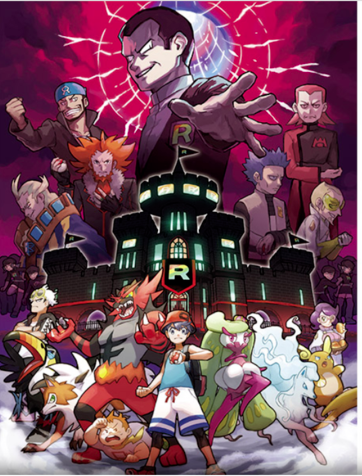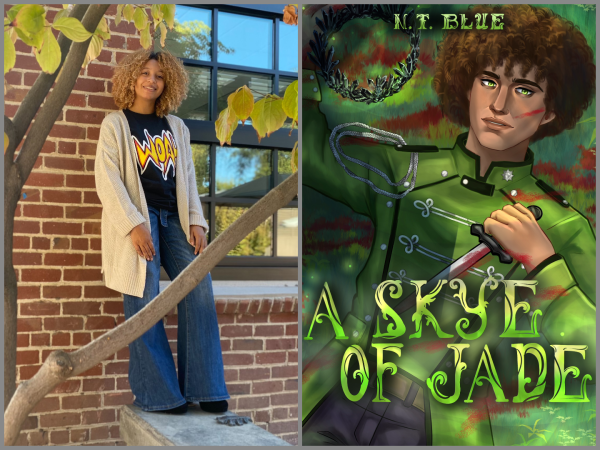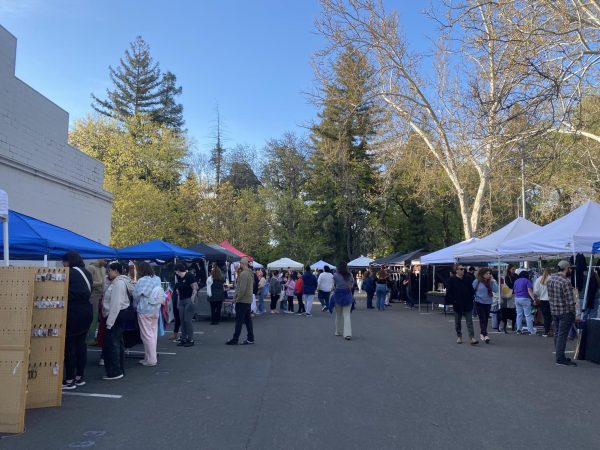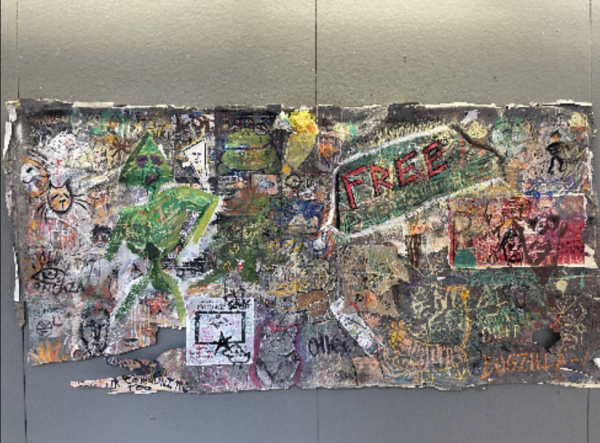‘Pokémon: Ultra Sun and Ultra Moon’ have almost everything

This shows the franchise’s past villains, all of which can be fought in the game. image from pokemon.com
Last year, when “Pokémon: Sun and Moon” came out, it seemed to be the most divisive games in the series among fans. While it did provide a nice change of pace from the usual formula of the games, it was also criticized for being too easy, having too many cutscenes and holding the player’s hand too much. These new updated versions address some of the issues from last year’s game and provide new content, but they aren’t perfect Pokémon games.
Most of the game is the same as the regular Sun and Moon games. A few new characters have been introduced, the totem Pokémon that serve as bosses are now a bit tougher and some parts of the story have been changed. Most of the changes and added content kicks in after you have beaten the game and have become the champion. My favorite addition to these “ultra” versions is the ability to catch legendary Pokémon and fight bosses that span the entirety of Pokémon‘s history. Aside from being a nice nostalgia trip, it’s a pretty significant amount of content.
The story in the game is decent. The region of Alola (based on Hawaii) has some of the most interesting lore in the series. That combined with the plot device of wormholes that lead to different dimensions creates a blend and clash of visuals and tone that makes the game more intriguing. That being said, a lot of the dialogue is forgettable. This is still a game that’s primarily aimed at kids after all. While the backstory and setting are well-developed, the characters could have used more fleshing out.
The gameplay in Ultra Sun and Ultra Moon is pretty much standard fare for a Pokémon game. Battles are turn-based and revolve around exploiting elemental weaknesses. Catching Pokémon is addictive and overall it’s pretty easy. Instead of the gyms that existed in past games, the player progresses by completing a series of trials. These trials end with a battle against an oversized totem Pokémon with enhanced stats and the ability to call on other Pokémon for help. Some of these totem battles create spikes in difficulty, which is a good thing, but everything that comes before and after these totem battles are much easier. Even the championship league at the end is pretty easy. The game is also extremely linear, I don’t mind a linear role-playing game, but exploration has always been a big part of past Pokémon games.
Then again, the appeal of these games has never been the difficulty. Those who want more of a challenge have things like the battle tree and battle agency that are available after the game is beaten. And as always, those who want all the depth that Pokémon has to offer can get into competitive battling online. It’s a shame that most of the content that older players will be interested in only comes in at the end, but there’s plenty of it and the standard journey is still fun.
There’s a lot of things that this game does right and the flaws it has are mainly a problem in the first few hours. Part of the game feels like an intentional digression from series standards while the parts at the end feel like a celebration of the entire franchise. There’s plenty of content for fans new and old and that’s what carries this game into being four stars.
Glossary:
Sun and Moon: Like always, main series games are released as two different versions that mostly the same.
Totem Pokémon: In the context of the game, these Pokémon are the leaders of their respective species.
Legendary Pokémon: These Pokémon are some of the most powerful to use in game and have a significant place in the story.
Ulises Duenas can be reached at [email protected] or @OrionUlisesD on Twitter.

















